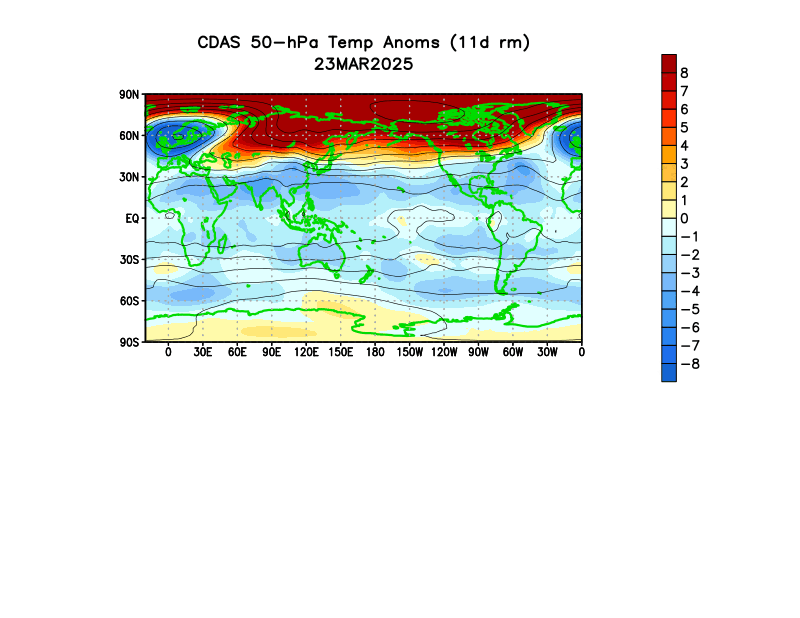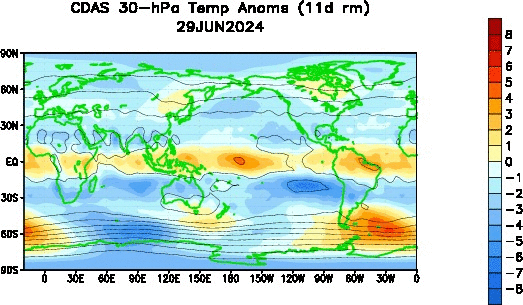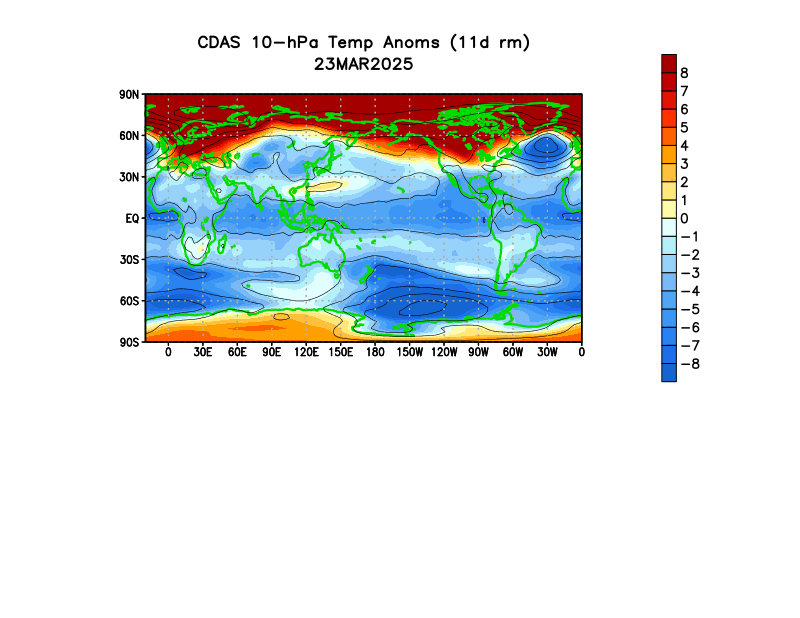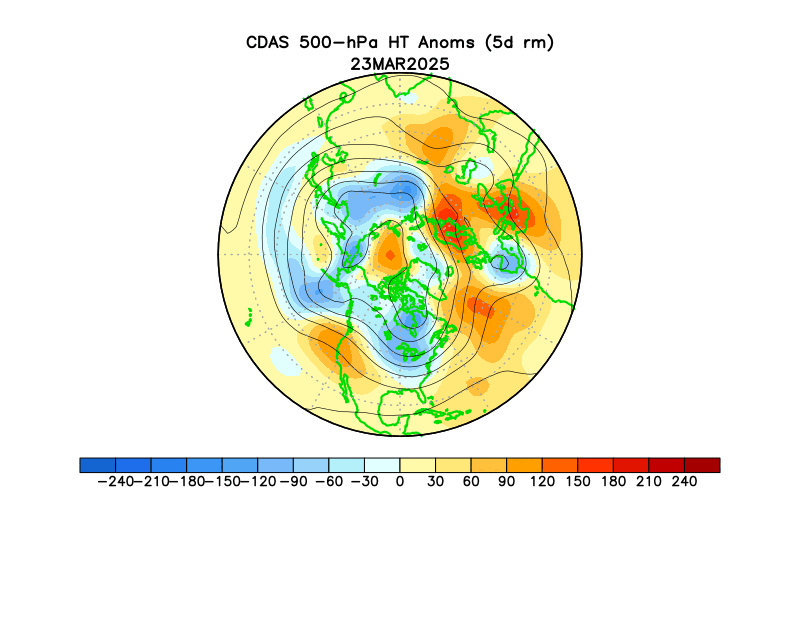Will it ever get cold?????

The above event should translate in an all out arctic air mass invasion for the eastern half of North America and I'm talking days where the high temperature struggles to break 15 degrees over the NW corner and Eastern areas will have a hard time breaking 20, even into NYC. Now let's just see if the models agree with me.
Very latest GFS:

The map above is for January 3rd and the cold outbreak should last at least several days, and that means several days of continuous snowmaking which means resorts in the region will begin to open terrain daily as ideal snowmaking conditions will persist for a minimum of 100 straight hours. So yes, the AO goes negative and we get our cold. This will be the coldest air of the season and very well could be the coldest of the year with lows into the single digits and negatives.
------------------------------------------------------------------------------------------------
When will we finally get some snow? In the winter that is.
So it looks like the cold will finally arrive, but what about snow? With only 0.5" inches of snow in December for NW Jersey (more toward High Point), this will end as one of the least snowiest Decembers ever. NW Jersey is double the snowfall we had last year and NE Jersey is about quadruple less than last year at this time due to that post Christmas storm. So far eastern sections are around average in terms of seasonal snowfall for the year but western areas are about double the average. So far we really are not doing that bad thanks to our pre Halloween Nor' Easter.
These past few months have exhibited a constant +NAO, +AO, and a relatively neutral PNA. Basically that means the eastern half of the country as a whole will have mild and little to no snow. But I believe a change is in order and forecast models agree.

The AO will crash which is a good sign for cold. The PNA is heading more neutral and exactly what we want to see, but I have little hope for the NAO. Without blocking storms will forced off the Southeast coast or ride up west of the region putting us into the warm side of the system. With little blocking that means coastal storms will probably not be our primary source of snowfall over the next few weeks, instead we need to put our hope into Alberta Clipper systems.
Usually fast movers and lacking moisture these systems usually bring anywhere from a dusting to around six inches, but usually no more. With clippers snow is the primary type of precip and sometimes a little rain on the southern end, so we won't have to worry about it getting to warm for snow. In fact the models show several chances of snowfall in the coming week from these types of storms. I'm not even going to post model maps of these system because they look like small increments of snow. Something like an inch here, half an inch, and maybe up to two inches in spots. Instead I'll give you the link to my model page. Just check out the NAM and GFS SLP maps and pray for a negative NAO, because until then the prospects for a major snowstorm looks bleak at best.
That's it for now. I haven't been blogging a lot this season because I've had nothing to blog about! There were times last year where I would post up to three times a day! But this season it's only been about once a week. Keep your head up and keep reminding yourself, winter only started a few days ago...






















































